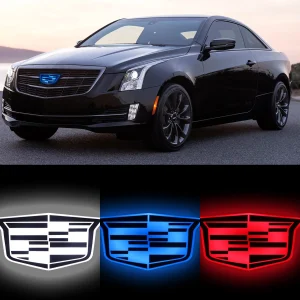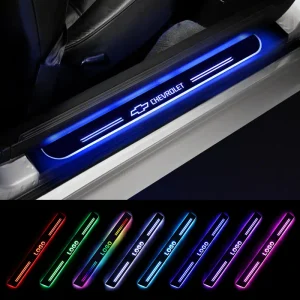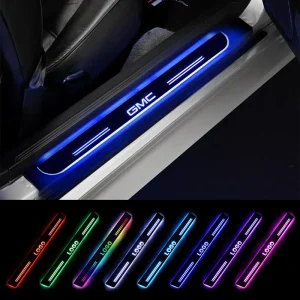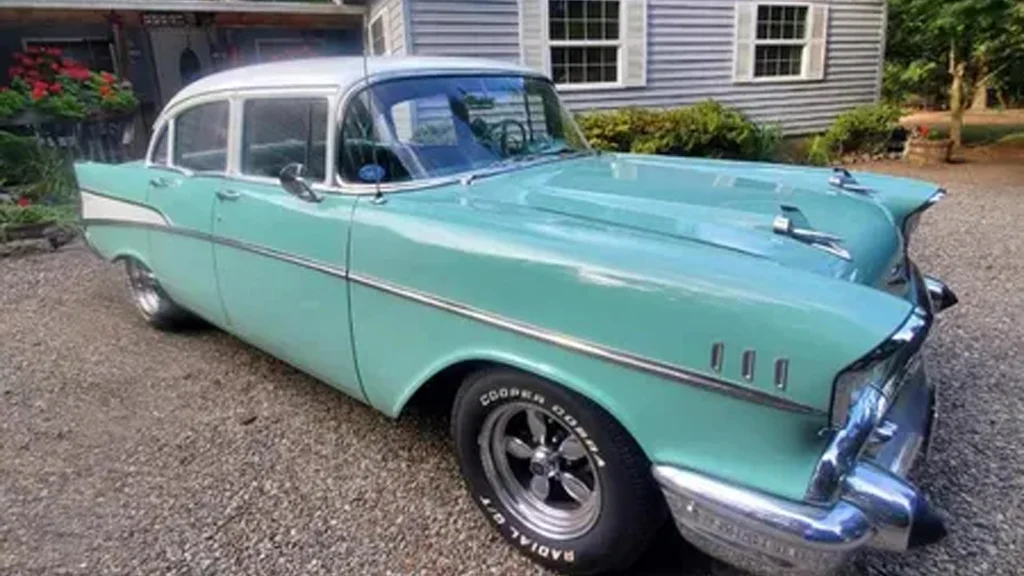I saw one yesterday.
There it was, parked unassumingly near my home, gleaming under the afternoon sun. It wasn’t just any old car; it was a rolling sculpture, a time capsule from 1957. With its iconic tailfins reaching for the sky, that signature grille, and a profile that screamed postwar optimism, I was looking at a legend: a 1957 Chevrolet 210.
It’s one thing to see a classic car in a museum, but it’s another entirely to see one on your own street, looking like it just drove out of a time warp. That moment of surprise and admiration got me thinking about its story—and the stories of all the other classic cars still out there.
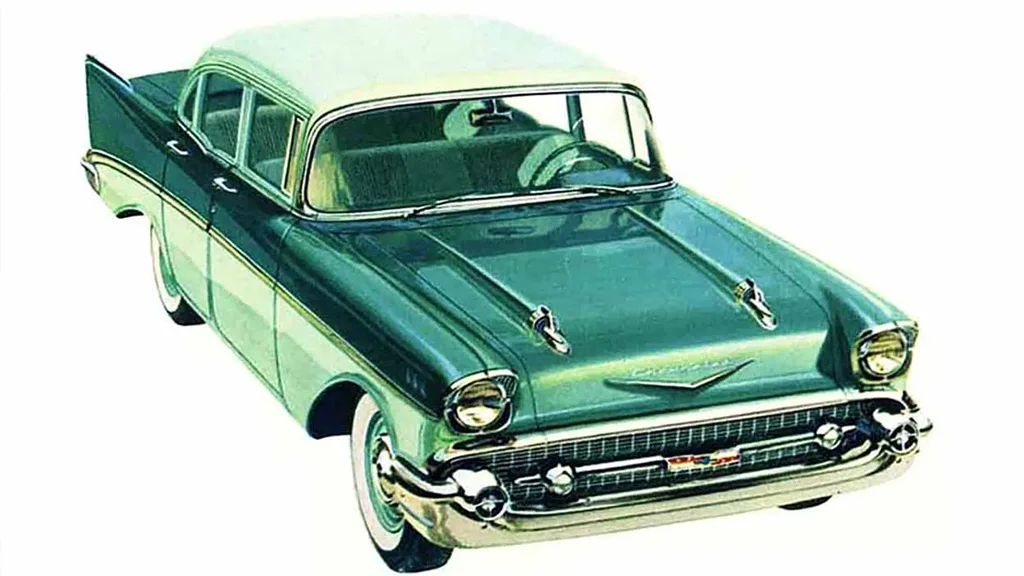
More Than Just a Bel Air’s Sibling
Many people instantly think of the ’57 Chevy Bel Air—the top-of-the-line model with its flashy chrome and two-tone paint. But the 210 was the savvy choice for the everyday American who wanted that legendary ’57 style without the top-tier price tag. It was the middle child in Chevrolet’s lineup (sitting between the basic 150 and the luxurious Bel Air), and in many ways, it was the perfect balance.
It shared the same breathtaking bodywork, the same revolutionary “Fuel Injection” option (a first for a mass-produced American car), and the same spirit of innovation. For many, the 210 represents the attainable dream.
What Made the ’57 So Special?
That car I saw wasn’t just beautiful; it was a landmark of its era. Here’s why the 1957 Chevrolet line, including the 210, remains so iconic:
The Birth of the Fins: While other cars had small fins, the ’57 Chevy’s were bold, pronounced, and inspired by jet fighters. They gave the car a forward-thrusting motion, even when it was standing still.
A Fashion Show on Wheels: This was the year of brilliant two-tone paint jobs. Colors like Tropical Turquoise, Onyx Black, and Inca Silver turned the car into a rolling piece of pop art.
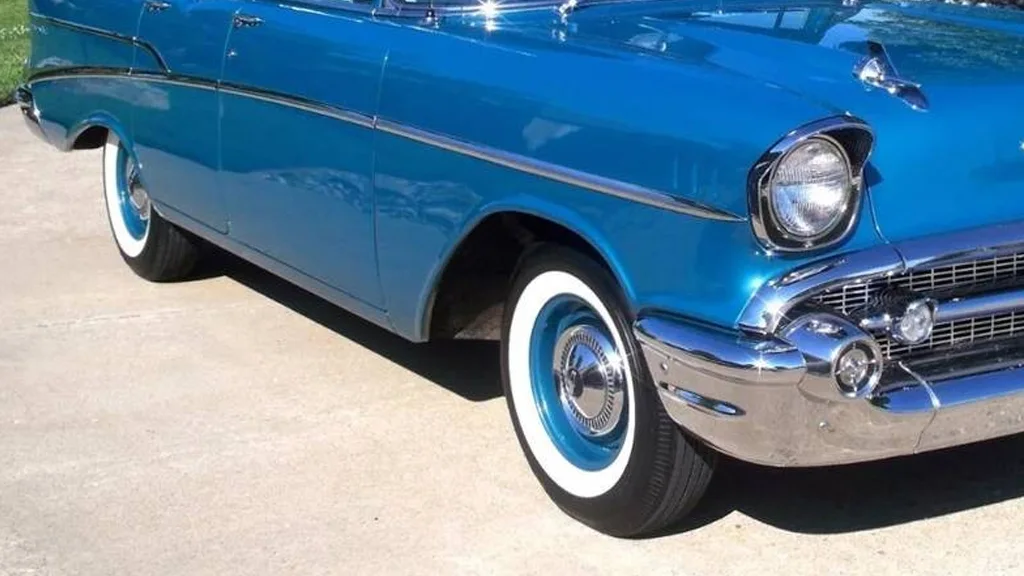
Performance Options: You could order your 210 with anything from a humble six-cylinder to the mighty 283 cubic-inch V8. The top engine, with its optional Ramsport fuel injection, churned out an impressive 283 horsepower—a revolutionary figure that gave birth to the “one-horsepower-per-cubic-inch” legend.
The 210 was more than just a car; it was a symbol of American ambition, a testament to a nation looking confidently toward the future. It represented freedom, style, and the open road.
Seeing that 210 was a reminder that history isn’t always confined to books. It’s parked on our streets, waiting to be noticed. It connects us to a different time and sparks a sense of wonder that modern cars, for all their technology, often lack.
So, I have to ask you—what’s the oldest or most memorable classic car you’ve ever encountered? Was it a rusty project in a barn, a pristine beauty at a show, or a surprise sighting on your own block? Share your story in the comments below.

